Caroline Clements, Indesign‘s guest editor on The ‘Design Relish’ Issue, opens us up to new ways of thinking about hospitality design.

August 22nd, 2018
Trends in design come and go, almost as quickly as they do in food. In a time where a unique experience is celebrated, more often than not, I find I really just want something familiar, comfortable and relaxed.
After recently returning to Sydney to live, I’ve felt a nostalgia for past times spent here. In a city that is constantly changing, where new eateries pop up almost weekly, I’m still going back to dine at the places I know and love. Is that a sign of my dwindling adventurous self, or a refinement of my taste?
A few years ago there was this cookie cutter look that was stylish, cool and easy to produce (sparse, exposed bricks, steel beams, etcetera.) But it feels like there’s a shift towards making the places we eat and drink feel more homey (not homely), warm and imbued with a sense of character. The best venues feel comfortable, laid-back and reflect the people behind the business, giving the customer experience a human touch.
These ideas beg the question, how do you design something that feels ‘local’? Which is to say, how do you design a place which is an extension of your home, and to which you want to return to on a regular basis?
As the hospitality themed issue of Indesign magazine, The ‘Design Relish’ Issue, hits shelves and mailboxes we’ll be unpacking some of the more unconventional viewpoints within the hospitality space. Over the course of the next few months, we’ll be seeking design that comforts, rather than challenges, and we think that is something to relish.
For example, look out for a chat with two front-of-house pros about designing for staff and patron satisfaction, which was a discussion brought to life during a FRONT seminar.
There will also be profiles on three exceptional designers who are lighting up the hospitality design sector. These are interior architects who have established their own practices in the last few years and are designing striking new venues across the country – from Melbourne to Perth.
In the mix, we will also take a look at two highly anticipated restaurants that have recently opened within boutique hotels. These hotspots are bringing hyper-local chefs to visitors, but are also making these hotels feel like places in which locals want to hang out. It’s a new approach that filters down into the design of the spaces. They’re championing an idea that the ultimate comfort starts (and maybe ends) at home, even if it is a luxurious hotel version of it.
In the meantime, if you have projects or ideas that feedback into this theme we want to know. Drop us a line at editorialteam@indesign.com.au.
Read our stories relating back to The ‘Design Relish’ Issue, or grab a copy of the magazine here.
INDESIGN is on instagram
Follow @indesignlive
A searchable and comprehensive guide for specifying leading products and their suppliers
Keep up to date with the latest and greatest from our industry BFF's!

Rising above the new Sydney Metro Gadigal Station on Pitt Street, Investa’s Parkline Place is redefining the office property aesthetic.

A curated exhibition in Frederiksstaden captures the spirit of Australian design

For Aidan Mawhinney, the secret ingredient to Living Edge’s success “comes down to people, product and place.” As the brand celebrates a significant 25-year milestone, it’s that commitment to authentic, sustainable design – and the people behind it all – that continues to anchor its legacy.
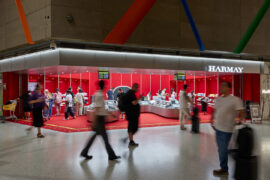
With its latest outpost inside Shanghai’s bustling Hongqiao International Airport, HARMAY once again partners with AIM Architecture to reimagine retail through colour, movement and cultural expression.
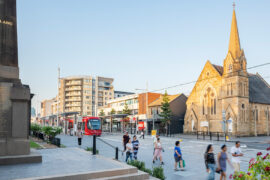
Australia’s first planted light rail corridor sets new benchmark for transport-led urban transformation.
The internet never sleeps! Here's the stuff you might have missed
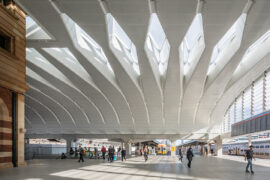
The Australian Institute of Architects has unveiled 43 projects representing the pinnacle of contemporary design, with winners addressing housing, climate and affordability crises through innovative solutions.
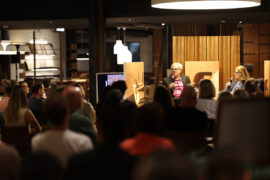
He’s the Director of Eames Office and an all-round creative polymath – and Eames Demetrios has just been in our region with Living Edge.
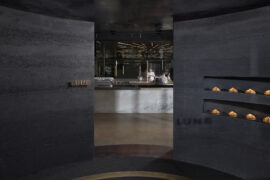
Cieran Murphy has been awarded The Photographer – Commercial at the INDE.Awards 2025. His work on Lune Rosebery captures the immersive design and storytelling of the space, highlighting the interplay of form, material and atmosphere in this contemporary culinary destination.